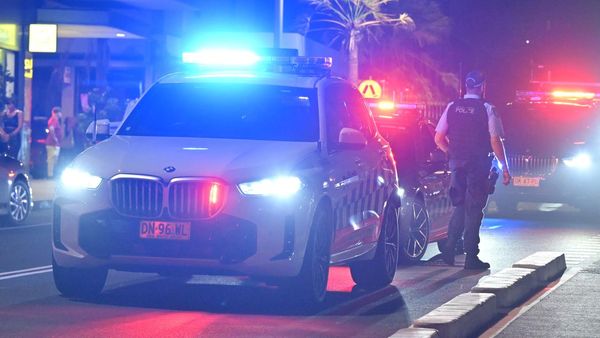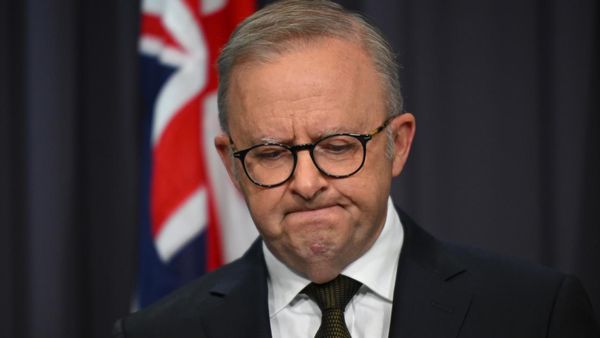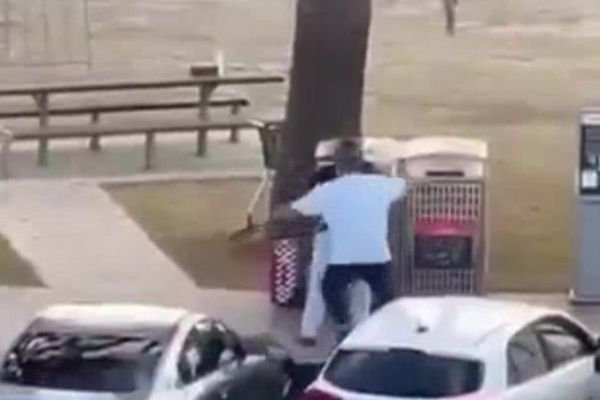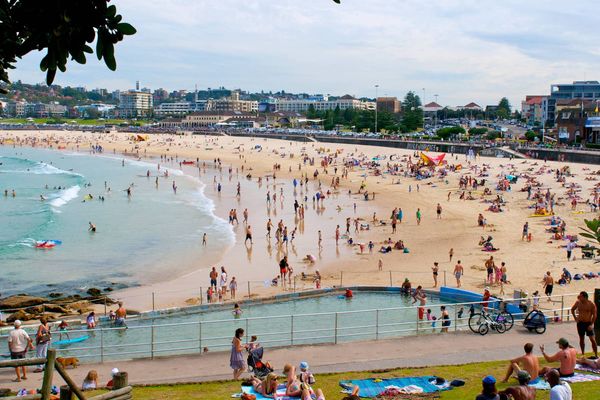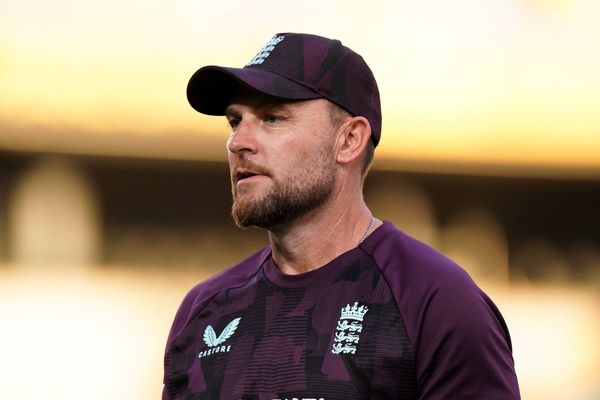
Rather than drivers having free tyre choice, the hard compound will be mandated in Q1, mediums for Q2 and then the red-walled soft rubber for the Q3 shootout for pole position.
This Alternative Tyre Allocation has been ostensibly devised to improve the championship’s sustainability credentials. By lowering the number of tyre sets each driver may use during a weekend from 13 to 11, the amount of freight sent to a race will decrease accordingly.
This experiment was originally slated for the Emilia Romagna GP in May before the event was cancelled due to the devastating local floods. It will also be adopted for the Italian GP at Monza in September to evaluate whether it should be deployed more extensively in 2024.
While any environmental gains are laudable, the by-product of the revised tyre allocation should be to increase jeopardy in qualifying and vary race strategy. Should a lesser-fancied team be able to switch on a harder compound more effectively, it can bolster the chances of progressing into the later stages of qualifying.
Alternatively, should they conserve tyres during free practice and then not progress into Q3, the extra available set of softs might enable the team to opt for a more aggressive strategy to recover up the order.
However, these promising side-effects might not come to fruition, according to drivers. Max Verstappen reckons the changes will actually come to suit the better-performing teams more so since they are best-placed to unlock the harder compound tyres.
The Red Bull driver says: “I think it plays a bit more into the hands of the top teams, to be honest, because they normally get the mediums and hard tyres to work a bit easier than most of the others.”
Similarly, Alpine racer Esteban Ocon - who won the 2021 Hungarian GP - believes Friday running will suffer instead. He predicts that teams will be less inclined to maximise running during free practice as they will instead prefer to conserve their rubber,
Asked if the rejig might have gone too far, he says: “I think yes. It's not going in the right direction because if FP2 is wet, for example, tomorrow [the Budapest forecast predicts thunderstorms], I believe that we are going to see 10 laps in the day.
“It's going to be a difficult one. I think there's going to be very limited running on Friday, unfortunately, because we have less tyres, and probably in FP3 as well. So, it's going to be interesting. Who chooses to do what in terms of run structure and which session people are going to be using, because it is the first time that we see this.

“Every lap that you are going to do is going to be counting massively on the learning because you don't have many chances to learn before you get to qualifying with less tyres than before.”
Ferrari’s Charles Leclerc reckons the switch to harder tyres in the early stages of qualifying “might be a surprise for a few people" even if he wants F1 to be a meritocracy rather than contriving to create uncertainty. However, he adds that as soon as the tweaked format is understood by the teams, “thing will come back into the right order” and possibly mitigate the changes.
Lance Stroll also doubts whether the mandating of compounds for each part of qualifying will allow for more underdog success stories. As he explains, this will deny teams towards the back of the grid from being able to bolt on several sets of fresh softs in Q1. In turn, it will decrease their chances of claiming a big scalp - sticking to a more conservative run plan - to progress into Q2.
The Aston Martin driver says: “You can argue now there's cars that can get through Q1, so they use three sets in Q1 and that makes it really challenging for the faster cars to even get through Q1, which I think we've seen over the last few events.
“Sometimes you get a Williams or AlphaTauri putting three sets [of new soft tyres] in Q1. You put one set or two sets, you get knocked out. It happened to me in Miami. We tried to go through Q1 on one set, you have other cars doing three sets and then you're trying to save another set for Q3.”
